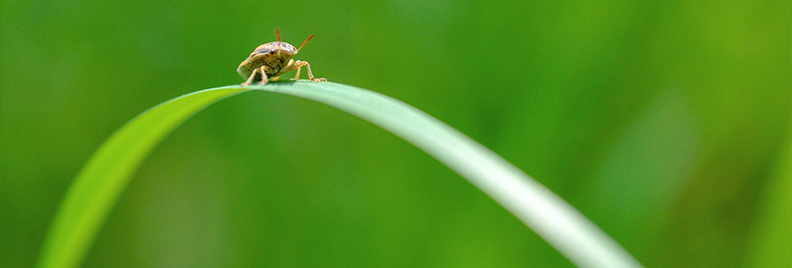
How To Save Your Lawn From Sod Webworm And Chinch Bugs!
This time of year, a lot of Houstonians are having to tackle sod webworm and chinch bug damage repair. The life cycles of these insects lead to rapid changes in their eating, sleeping, and mating habits, and the effects on your lawn can be major if you don’t intervene early enough. While the signs of infestation may be clearly visible, sometimes it isn’t always so obvious, so we’ve broken down the steps to spotting and treating sod webworms and chinch bugs in grass lawns.
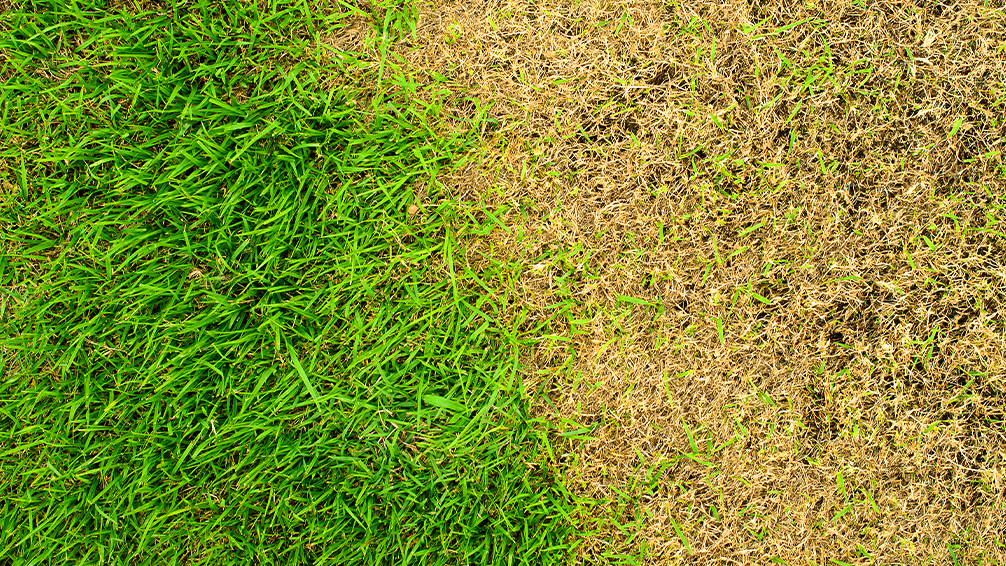
Spotting Sod Webworm Damage
While many of the worst offenders for lawn and landscape damage are invasive species that came from across the pond, these bad boys are a native species in North America. While the adult insects are technically harmless, their larvae cause brown spots from chewing the grass blades down . The spots kind of look like the dry patches leftover from when pets relieve themselves on the lawn.
The patches will appear stunted, and may even be a bit ratty and unkempt. If you’re unsure if sod webworms are to blame for the brown patches in your yard, look for little green pellets of waste. There will also be little tunnels in the middle of the brown spots, with worm silk running throughout.
[fusion_builder_container hundred_percent=”yes” overflow=”visible”][fusion_builder_row][fusion_builder_column type=”1_1″ background_position=”left top” background_color=”” border_size=”” border_color=”” border_style=”solid” spacing=”yes” background_image=”” background_repeat=”no-repeat” padding=”” margin_top=”0px” margin_bottom=”0px” class=”” id=”” animation_type=”” animation_speed=”0.3″ animation_direction=”left” hide_on_mobile=”no” center_content=”no” min_height=”none”]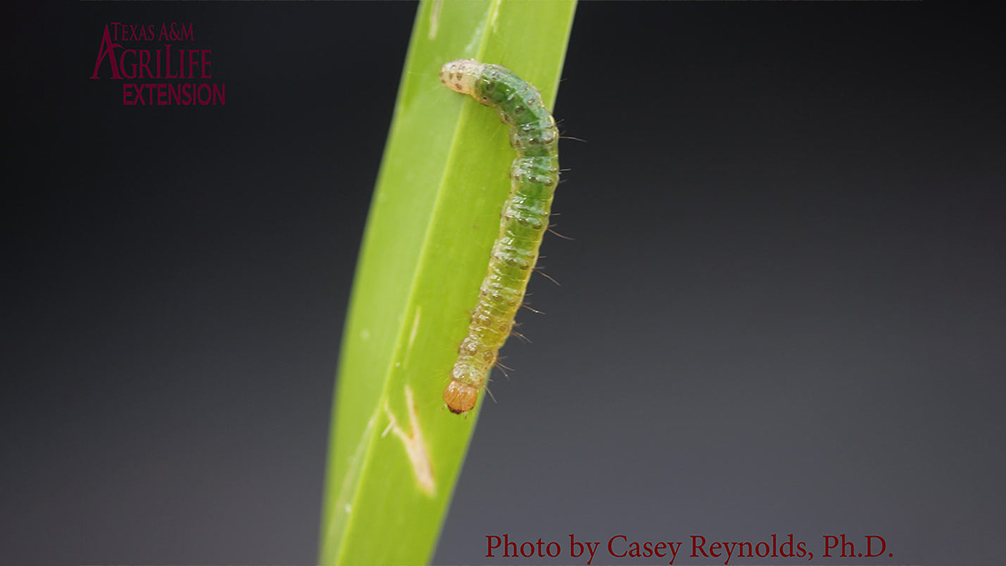
How To Prevent Sod Webworms And Repair Damage
The key to treating sod webworms is to understand the whole lifecycle of the insect and to know which stage does damage. If you are seeing thousands of moths accumulating in your flowerbeds, a simple spray of a liquid insecticide like Cyonara or Bifen IT, will knock out the moth (adult stage). The moth lays its eggs in your St. Augustine grass at night and the eggs hatch out a caterpillar (the damaging life stage). A granular insecticide like Bifen LP, Wisdom, or Talstar will kill emerging caterpillars.
To kill sod webworms without resorting to heavy-duty chemicals, we recommend using a pesticide containing BT (Bacillus thuringiensis). This natural bacteria will combat the larvae without harming other beneficial insects. You can also use a granular insecticide to send those bugs heading for the hills.
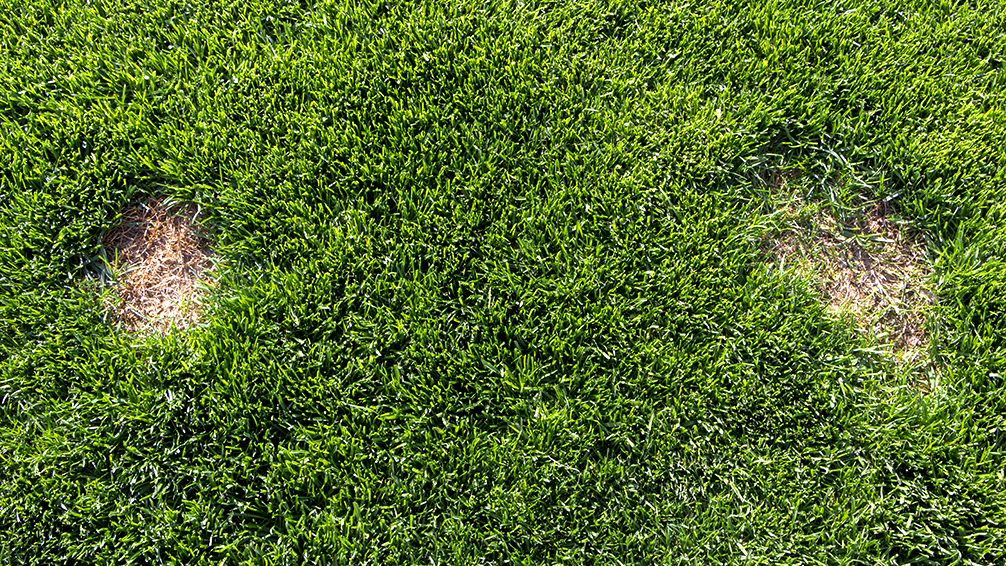
How Can I Tell If My Lawn Has Chinch Bugs?
Similarly to webworm damage, chinch bugs will create yellow spots that dry up, die, and turn brown especially quickly. These critters hang out right at the soil surface, but the adults are easier to spot. They’re usually black or dark red with white wings, a white polka dot on their back, and they only measure about ¼ inch long.
While having a few chinch bugs in the lawn won’t do major harm, sometimes their population will boom, and they’ll go on a grass-eating spree. Dry, sun-scorched lawns are the ideal environment for these annoying insects because the predatory bugs that eat them up don’t like hanging around those areas. Keeping your lawn well-watered will help to prevent their populations from blowing up.
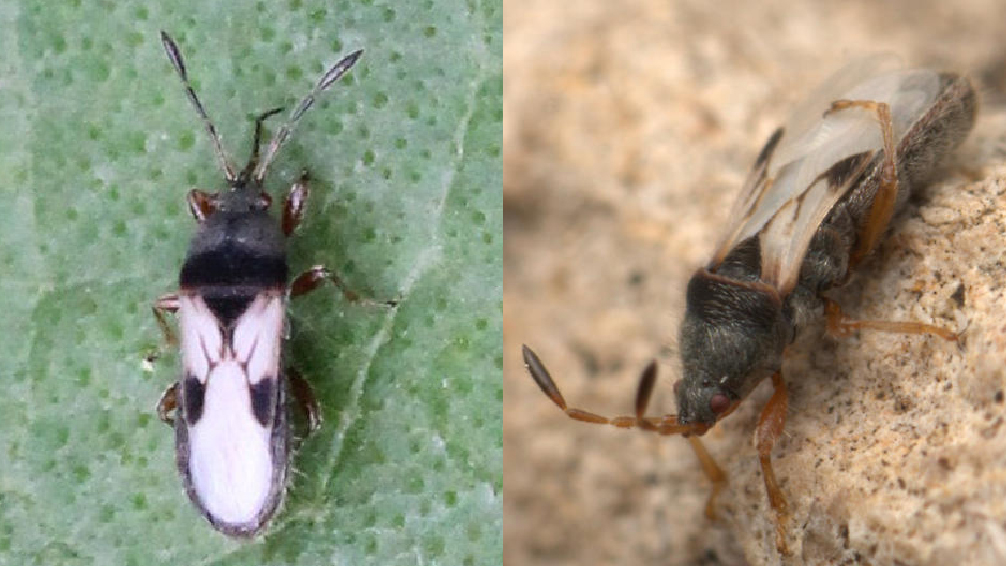
Chinch Bug Damage Repair
The best approach to treating chinch bugs is a 2 step method by applying a granular insecticide like Bifen LP, Wisdom, or Talstar, and then spray the lawn with Cyonara or Bug Blaster.
Once you’ve killed off those nasty garden invaders, you’ll still be left with some patchy spots, so be sure to apply compost and resod if areas are large, and water well! If you need help diagnosing your lawn problems, feel free to visit us in-store. We’re happy to provide you with home delivery or curbside pickup if needed!
[/fusion_builder_column][/fusion_builder_row][/fusion_builder_container]

